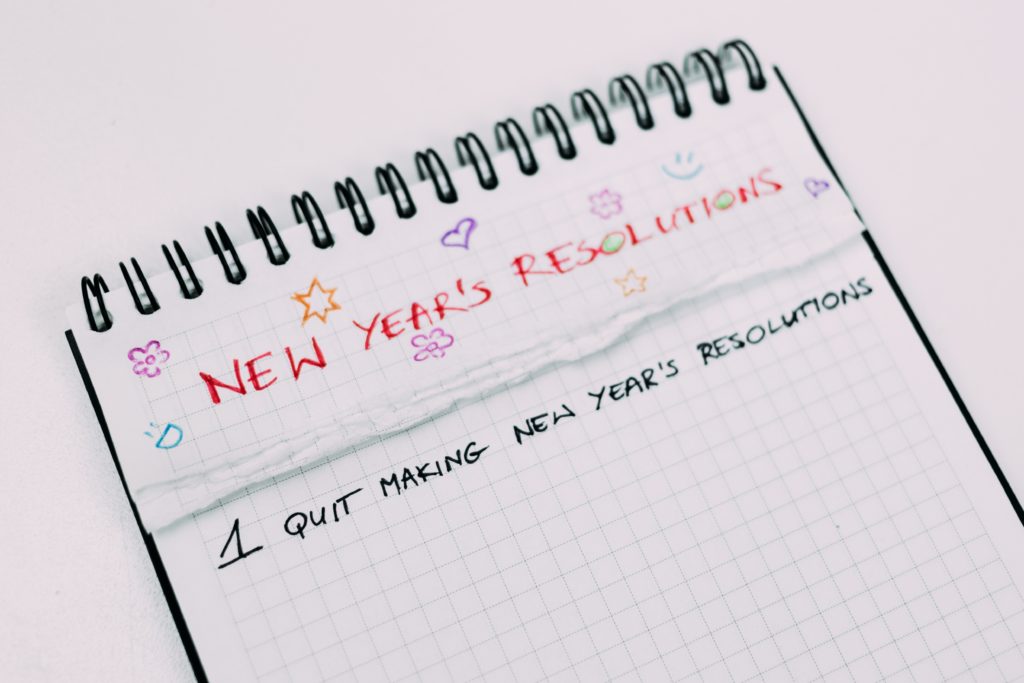
For fat liberationists, a key pillar of political analysis is to question intentional weight loss.
Does intentional weight loss improve health – or lead to a yo-yo of weight change that makes people sick?
Does behavior change like exercise and food choices offer an obvious pathway to weight loss – or are there other factors that define a person’s body size and shape, including a history of forced dieting as children?
Have fat people simply failed to have the willpower needed to change our behaviors – or is willpower just a made-up promise for how change happens?
I have been a lifelong student of how behavior change can actually work – studying everything from health behavior to anti-racist practice. I have long questioned the false promises of diet culture. Not only do these false promises scapegoat fat people for not behaving in an ‘appropriate’ way to control our bodies, these false promises also create a false model for how any kind of change happens.
I loved hearing other renowned behavioral scientists talk about willpower as a false model for change this week! Brené Brown and Lisa Lahey were unpacking Lisa’s decades of research with Robert Kegan on how change happens (part 1, part 2). At the beginning of the first podcast, Lisa names that we have very few models for how behavior change works. Maybe only one: Setting a New Year’s Resolution and piling up our motivation and our guilt for making this change we’ve promised ourselves.
What does it mean that we only have this New Year’s Resolution model to change? Whether a New Year’s Resolution, or a decision to use this ‘motivation’ model to make a change at some other time of year, you probably know the cycle of failure.
The rush of enthusiasm when you have a clear idea of what could be different, and feel motivated to make changes in that direction.
The feeling of defeat when motivation alone does not make you successful at change.
And when you have ‘failed’ to follow through on your commitment, the feelings of shame for not changing.
Every New Year’s, the possibility for change feels like cultural ritual. The New Year’s Resolution offers a yearly opportunity to dream about change — and then feel bad about our failures. For fat liberationists, this time is particularly fraught with intentional weight loss as a favorite vision. News stories, blog posts, and social media feeds fill up with weight loss aspirations and guidelines for how to diet and exercise to achieve a thin body. We feel overwhelmed by the uptick of diet culture, with this one, solitary model about how behavior change could possibly happen. Failed change gets reinforced as failed motivation — which means that fat people can be scapegoated and blamed for the rest of the year as people who are ‘responsible’ for our failed bodies.
Lisa Lahey’s model still focuses on individual behavior change that could influence organizational dynamics, rather than how change could happen across a culture. For instance, Brené and Lisa explored a real life example from the workplace, which got intimate quickly: What was in the way of Brené changing her behavior to prioritize team meetings where her input and decision making were crucial to success? Lahey’s model explores the competing, often hidden, commitments that validly create an ‘immunity to change.’ How do we change our resistance to change — instead of thinking that willpower will make change happen for us? Especially when the concept of willpower only further piles on our shame for not being ‘strong’ enough to follow through? Lahey’s 4-column worksheet keeps us focused on something other than willpower, instead unpacking our resistance to change through behavior, competing commitments, and assumptions. This redirects us from self-shaming worries and self-judgments – or at least putting them into a small ‘worry box’ which does not drive our decisions about change through shame.
As someone with a lifelong study on how change happens, I hope to have more to say on this framework to overcome immunity to change. I’m finding it fascinating, and already helpful! But I’m very happy to have another tool to replace the extremely ineffective New Year’s Resolution model for change. As the picture says, your only New Year’s Resolution should be to quit making New Year’s Resolutions!
Leave a Reply